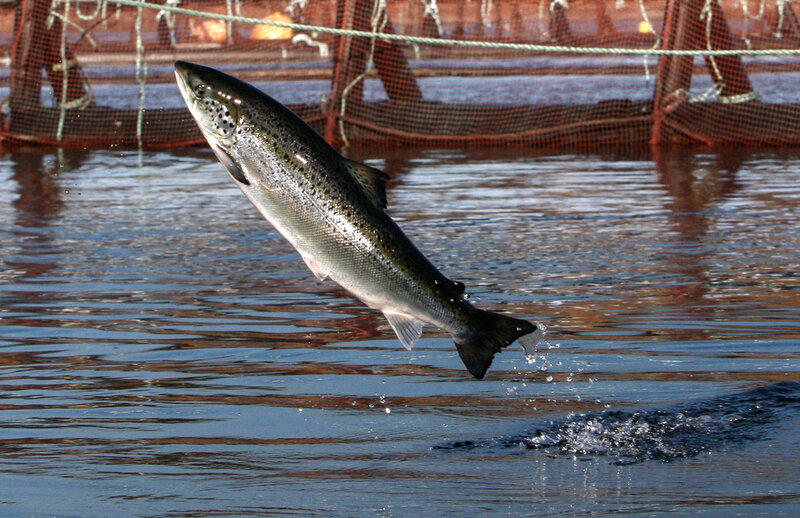Fish Farming and how does it work in India
AS Agri & Aqua Fish farming is a form of aquaculture companies in India in which fish are raised in enclosures to be sold as food. fish culture in India It is the fastest developing area of animal food production. Today, about half the fish consumed aquaponics India and also globally are raised in these artificial environments. These “aquaponics fish farming” can take the form of mesh cages submerged in natural bodies of water or concrete enclosures on the sea.
According to the United Nations Food and Agriculture Organization, roughly 32% of world fish stocks are overexploited, depleted or recovering and need of being urgently rebuilt. Fish farming is hailed by some as a solution to the overfishing problem. However, these farms are far from benign and can severely damage ecosystems by introducing diseases, pollutants, and invasive species. The damage caused by fish farms varies, depending on the type of fish, how it is raised and fed, the size of the production, and where the farm is located.

One significant issue is that—rather than easing the impact on wild populations—the farms often depend on wild fish species lower on the food chain, like anchovies, in order to feed the larger, carnivorous farmed species. It can take up to five pounds of smaller fish to produce one pound of a fish like salmon or sea bass. aquaculture in India Overfishing of these smaller “forage” fish has repercussions throughout the ocean ecosystem.
As is the case with industrial animal farms fish farming in India on land, the fish are often housed in unnaturally crowded and cramped conditions with little room to move. Fish may suffer from harm, fin harm, and another debilitating insulter. The overcrowded and stressful conditions promote disease and parasite outbreaks—such as sea lice in fish farming in Maharashtra farmers treat with pesticides and antibiotics. The use of antibiotics can make drug-resistant strains of diseases that can injure wildlife populations and even human beings that eat the farmed fish.
Escaped fish present yet another threat into the environment. Each year, hundreds of thousands of fish escape farms and threaten the genetic diversity and survival of native species. High stocking densities result in a significant amount of pollution from fish excrement and uneaten food, which in turn lead to poor water quality high in ammonia and low in oxygen.
Despite evidence to the contrary, it is still a common misconception that fish do not feel pain. Slaughter methods in the aquaculture industry are appalling. Little to no attention is given to the suffering of the animals and most are fully conscious during slaughter, which can take many minutes. Some species, such as salmon in the freshwater aquaculture in India, are also starved for many days to empty the gut before they are sent to slaughter. Fish are most often not stunned and are killed by bleeding out, being hit on the head repeatedly, suffocating or freezing. In the US, as with many other countries, there are no regulations to ensure the humane treatment of fish. If you want to know about AS Agri & Aqua business and service Hydroponic Farming in India.
Years of unregulated and underreported catches of bluefin tuna in the Mediterranean Sea and the Atlantic Ocean are threatening the existence of this severely overfished species. To run across the high and development demand for sushi in India and elsewhere. Fisherman uses longlines and purse seines to catch the tuna before they reach breeding age and have time to reproduce. They are then kept in sea farms for 3–6 months and fattened with thousands of pounds of smaller wild-caught fish before being killed and exported.

Comments
Post a Comment